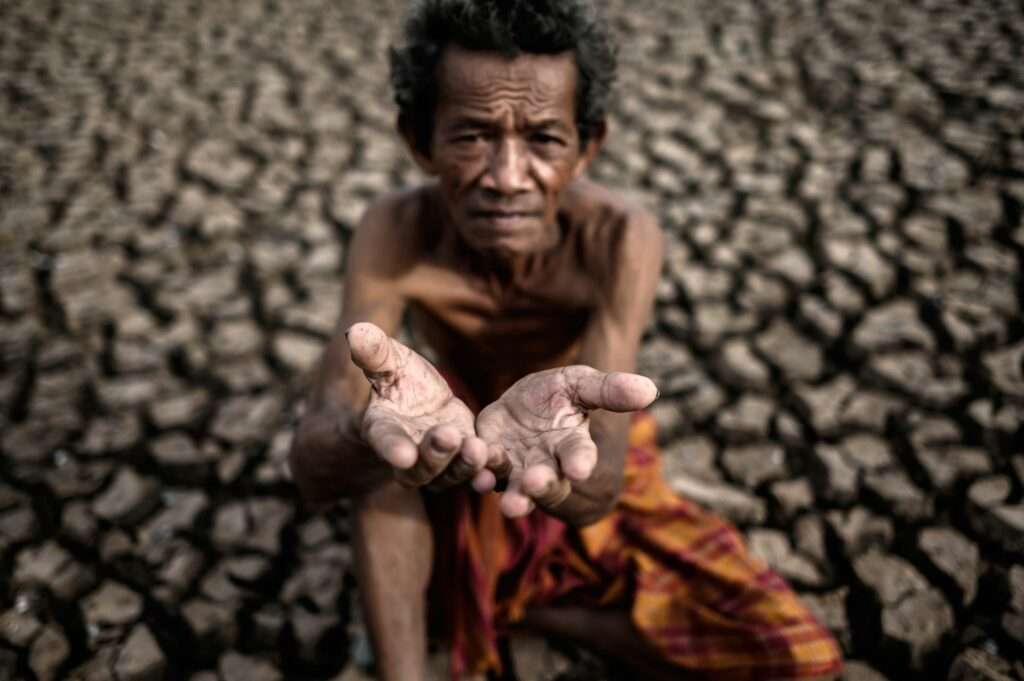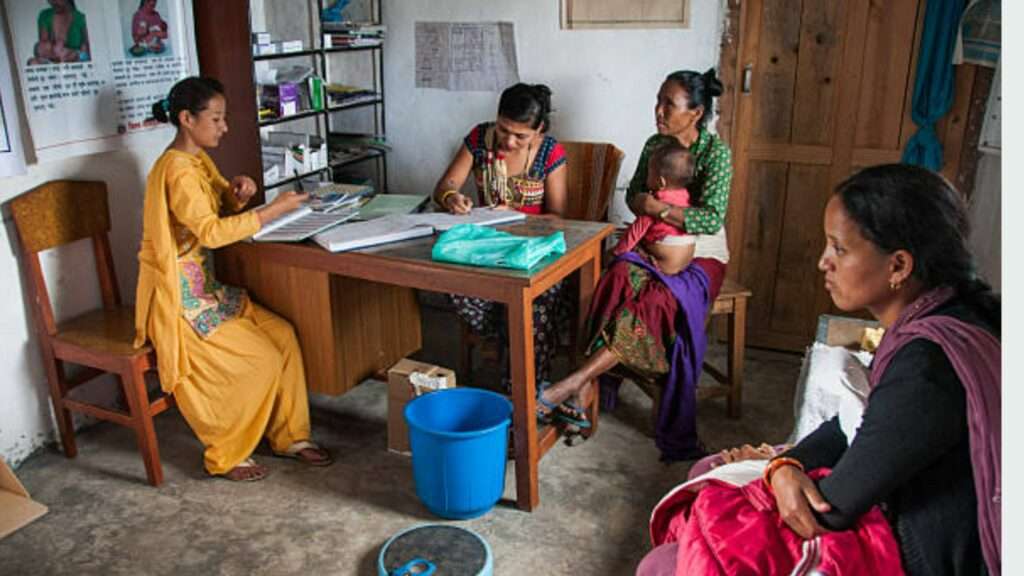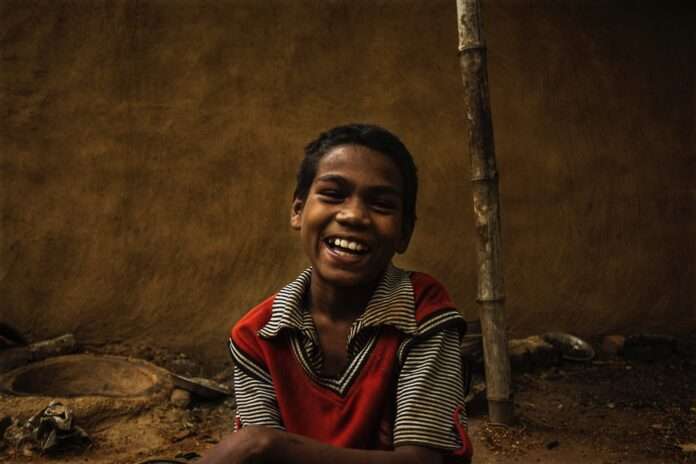What exactly is Malnourishment?
Malnutrition is a term that encompasses deficiencies, surpluses, or imbalances in an individual’s consumption of energy and essential nutrients. It broadly falls into two categories: undernutrition, which includes issues like stunting (insufficient height for one’s age), wasting (inadequate weight for height), underweight (insufficient weight for one’s age), and micronutrient deficiencies (a lack of vital vitamins and minerals). The other category includes concerns like overweight, obesity, and non-communicable diseases related to diet, such as heart disease, stroke, diabetes, and cancer.
Table of Contents
The Challenge of Malnutrition in India
Malnutrition in India is a complex and pressing challenge with far-reaching implications. Economic inequality stands out as one of the primary culprits behind the prevalence of malnutrition in the country. The low economic status of a significant portion of the population has dire consequences on their dietary habits, both in terms of quality and quantity.
Economic Inequality as a Key Factor
For many in India, economic disparities result in diets that are inadequate in both nutritional quality and quantity. This unfortunate reality perpetuates the cycle of malnourishment, especially among women, who, when malnourished, are more likely to give birth to undernourished babies. However, it’s important to note that malnutrition isn’t solely the result of insufficient food intake; it is also influenced by the body’s inability to absorb nutrients effectively.
India’s Child-Wasting Rate
The Global Hunger Index (GHI) for 2023 recently revealed a shocking statistic – India holds the undesirable distinction of having the highest child-wasting rate globally, standing at a staggering 18.7 percent. Child-wasting signifies acute undernutrition, highlighting a grave concern. India’s child-wasting rate surpasses that of countries like Yemen, embroiled in conflict, at 14.4 percent, and Sudan at 13.7 percent, holding the second and third positions, respectively.
The Persistence of Malnutrition Despite Economic Growth
India has witnessed a 50 percent increase in its GDP since 2013, indicating economic growth. However, the harsh reality remains that over one-third of the world’s malnourished children reside in India. Among them, a significant proportion of children under the age of three are underweight, underscoring the gravity of the situation. Malnutrition doesn’t just affect individuals; it inflicts long-term harm on society as a whole.
The Long-term Impact of Malnutrition
Individuals suffering from nutrition deficiencies are more susceptible to infectious diseases like pneumonia and tuberculosis, which contribute to a higher mortality rate. Additionally, they tend to be less productive at work, leading to lower income levels that perpetuate the cycle of undernutrition. This reduced productivity also has broader societal implications, particularly in a labor-intensive country like India, where it hampers economic production.
The Dual Threat: Over-nutrition
Conversely, over-nutrition poses a significant threat in India. Obesity rates in the country reached 14 percent for women and 18 percent for men in 2010, with certain urban areas reporting rates as high as 40 percent. Obesity is closely associated with non-communicable diseases such as cardiovascular diseases, diabetes, cancers, and chronic respiratory conditions.
India’s Alarming Child Malnutrition Rates
India’s performance in child malnutrition is a cause for concern, particularly when compared to neighboring countries with similar per capita incomes and social demographics. The consequences are dire, with India losing up to 4 percent of its GDP and 8 percent of productivity due to child malnutrition. Estimates suggest that addressing child malnutrition alone could potentially add 3 percent to India’s GDP.
In conclusion, malnutrition in India is a multi-dimensional problem rooted in economic disparities and lack of access to proper nutrition. The country faces the dual challenge of undernutrition and over-nutrition, both of which have severe consequences for individuals and society. Addressing this issue is not only a matter of public health but also economic and societal development.
The Root Causes of Malnutrition

India, as per the World Bank, stands out as one of the countries with the highest prevalence of child malnutrition globally. The statistics paint a grim picture, with the prevalence of underweight children in India being nearly double that of Sub-Saharan Africa, resulting in severe consequences for child health, mortality rates, overall productivity, and economic growth.
A Startling GHI Score: The ‘Serious’ Hunger Category
India’s Global Hunger Index (GHI) score of 28.7 is a concerning sign, categorizing the country under the ‘serious’ hunger category. This classification puts India in the company of other nations grappling with similar challenges, including Pakistan (26.6), Afghanistan (30.6), Zambia (29.3), Botswana (20), and Sudan (27).
Undernourishment and Child Mortality
The report reveals that in India, the prevalence of undernourishment stands at 16.6 percent, a stark reality that affects millions. Additionally, the under-five mortality rate is at 3.1 percent, signifying the gravity of the situation. The challenges faced by small-scale farmers in India are also emphasized as critical in this context.
Severe Consequences of Wasting in Children
Children suffering from wasting, a form of acute malnutrition, experience compromised immunity, developmental delays, and a heightened risk of mortality, especially in cases of severe wasting. This highlights the urgent need for intervention and support for these vulnerable young lives.
Alarming Prevalence of Anaemia Among Women
An alarming statistic within the report is the prevalence of anaemia among Indian women aged 15 to 24 years, standing at a staggering 58.1 percent, slightly above that of Nigeria. Maternal health plays a significant role in child nutrition, with low weight and height of mothers being associated with stunting and wasting in their offspring. Notably, child undernutrition tends to coincide with regions where maternal undernutrition is prevalent, according to UNICEF data.
The Critical First Thousand Days
The report underscores the significance of the first thousand days in a child’s life. Poor nutrition during this crucial period can lead to stunted growth, impaired cognitive ability, reduced school performance, and an increased susceptibility to diseases like diarrhea. Astonishingly, the report reveals that a staggering 68 percent of deaths in children under 5 years of age in India can be attributed to malnutrition.
In conclusion, the causes of malnutrition in India are multi-faceted and deeply interconnected with various socio-economic factors. Addressing this pressing issue demands comprehensive efforts, from improving maternal health to ensuring proper nutrition during the critical first thousand days of a child’s life. Only through such collective action can India hope to overcome the significant challenges posed by malnutrition and its far-reaching consequences.
Nutritional Trends and Influencing Factors in India
Nutritional status in India is a multifaceted issue influenced by a range of factors, from socio-economic status and region to religion and gender. Let’s explore how these factors impact the nutritional well-being of different demographic groups in the country.
Socio-economic Status: A Key Determinant
In India, socio-economic status plays a pivotal role in nutritional outcomes. Generally, individuals with low economic means are at greater risk of undernutrition, while those with higher socio-economic status are more likely to experience overnutrition. Anemia shows a negative correlation with wealth, indicating that individuals with limited resources are more susceptible to this condition.
Child Malnutrition and Income Disparity
Child malnutrition is closely linked to family income. Children in low-income families are at a higher risk of malnutrition compared to their counterparts in high-income households.
The Public Distribution System (PDS) in India, which primarily distributes wheat and rice, can contribute to malnutrition as it lacks proteins essential for balanced nutrition. Cultural beliefs, including dietary restrictions due to religion, also impact protein intake, with a significant portion of poor Indian households relying on cereals for protein, which doesn’t provide the same quality of protein found in animal products.
Maternal Characteristics and Child Nutrition
The nutritional status of children is not solely dependent on socio-economic factors; it also varies within communities and families. Factors such as the mother’s characteristics, household ethnicity, and place of residence all play a role. Improvements in socio-economic welfare are expected to positively impact child nutrition.
Regional Disparities
Regional disparities are evident in nutritional outcomes. Undernutrition is more prevalent in rural areas, largely due to lower socio-economic status. Anemia rates, both for men and women, are slightly higher in rural regions. Geographically, certain states face higher rates of undernutrition and anemia, including Madhya Pradesh, Jharkhand, Andhra Pradesh, and Bihar. In contrast, states like Mizoram, Sikkim, Manipur, Kerala, Punjab, and Goa have lower undernutrition rates, although they are still higher than those in developed nations.
Religion and Nutrition
Studies suggest that individuals belonging to Hindu or Muslim backgrounds in India tend to experience higher rates of malnutrition compared to those from Christian, Sikh, or Jain backgrounds.
Gender Disparities: Dual Burden
Gender plays a significant role in nutritional trends. The concept of the dual burden involves the coexistence of undernutrition and overnutrition in individuals and populations. Women in India often bear the dual burden of malnutrition. Economic status and rural or urban residence significantly impact whether a woman falls into the obese or underweight category. This dual malnutrition problem is attributed to a shift towards high-calorie, low-nutrient foods, which calls for policy measures focusing on nutritional content rather than calorie count.
Recent Findings: Anemia and BMI
According to the National Family Health Survey (NFHS-5) conducted in 2019-20, underweight women in India account for 18.7 percent of the population, while overweight and obese women make up 24 percent. Anemia, a prevalent issue, affects 57 percent of women aged 15-49, with variations based on factors such as education, wealth, and region.
Impact of Domestic Violence
Domestic violence is closely linked to malnutrition, particularly anemia and undernutrition. It operates as a mechanism of control, affecting a woman’s ability to make decisions about food, leading to adverse nutrition outcomes. Psychological stress, a consequence of domestic violence, contributes to anemia through oxidative stress, while chronic stress is strongly associated with underweight women.
In conclusion, nutritional trends in India are influenced by a complex interplay of socio-economic, regional, cultural, and gender-related factors. Addressing malnutrition in the country requires comprehensive strategies that consider these various determinants and provide equitable access to nutritious foods and healthcare for all.
Combatting Malnutrition in India: A Holistic Approach

India has recognized the critical issue of malnutrition and implemented a range of programs and strategies to address the problem. Here’s an overview of the management and prevention efforts in place:
Government Initiatives
The Government of India has launched several programs aimed at curbing malnutrition. These include:
- Integrated Child Development Services (ICDS): ICDS focuses on improving the health of mothers and children under age 6. It provides health and nutrition education, health services, supplementary food, and pre-school education. ICDS targets rural, urban, and tribal populations, reaching millions of young children and pregnant and lactating mothers.
- National Children’s Fund: Administered by the National Institute of Public Cooperation and Child Development, this program aids in addressing the nutritional needs of children.
- National Health Mission: This initiative emphasizes public health and addresses various health-related challenges, including nutrition.
Addressing Nutrition Post-COVID-19
Experts have recommended strategies to enhance nutrition security in the wake of the COVID-19 pandemic. These include:
- Community Kitchens: Setting up community kitchens to ensure access to nutritious meals.
- Pulses and Millets in Public Distribution: Including pulses and millets in the Public Distribution System to enhance the nutritional value of distributed food.
- School Mid Day Meal (MDM) Scheme: Continuing the School Mid Day Meal Scheme to provide vital nutrition to students.
Midday Meal Scheme
The Government initiated the Midday Meal Scheme in 1995, providing freshly cooked meals to children in government-run and government-aided schools. Additionally, NGOs like the International Society for Krishna Consciousness (ISKCON) Food Relief Foundation, the Nalabothu Foundation, and the Akshaya Patra Foundation have launched the world’s largest NGO-run midday meal programs, serving plant-based meals to millions of school children. These programs are run with both government subsidies and individual and corporate donations, adhering to government nutritional norms.
Bal Kuposhan Mukta Bihar (BKMB)
The Department of Social Welfare, Government of Bihar, launched BKMB in 2014. The campaign adopts a multi-pronged strategy based on five “C”s: Communication for behavior change, Capacity building, Community’s access to tangibles and intangibles, Community participation, and Collective approach. These efforts aim to tackle malnutrition by addressing social aspects and behavior change.
National Plan of Action for Children
India has committed to 27 survival and development goals laid out by the World Summit on Children in 1990. The Department of Women & Child Development has formulated a National Plan of Action for Children, integrating these goals into national development plans. Monitoring committees track progress in achieving these goals, and State Plan of Action has been prepared by 15 State Governments.
POSHAN 2.0

The Ministry of Women and Child Development is implementing “Saksham Anganwadi and Poshan 2.0” to address malnutrition challenges. It targets children up to the age of 6, adolescent girls, pregnant women, and lactating mothers. The scheme includes various components such as nutrition support, early childhood care, and education, and the development of Anganwadi infrastructure.
UNICEF and National Health Mission
UNICEF collaborates with India to support child development and maternal health. The National Health Mission aims to improve healthcare access, especially in rural areas, and reduce infant and maternal mortality rates.
Civil Society Initiatives
Several organizations like Azim Premji Foundation (APF) and America India Foundation (AIF) are working closely with State Governments to support innovative nutrition-specific programs. These initiatives focus on strengthening government implementation systems and promoting behavioral change among the target groups to alleviate malnutrition.
Fortune SuPoshan: A Comprehensive Approach
The Adani Foundation’s Fortune SuPoshan project aims to combat malnutrition and anemia among children, adolescent girls, pregnant women, lactating mothers, and women in the reproductive age. The initiative trains SuPoshan Sanginis, village health volunteers, to spread awareness, promote behavioral change, and support the community’s health.
These multifaceted efforts highlight India’s commitment to tackling malnutrition and ensuring the well-being of its citizens, particularly its most vulnerable members—children and mothers.
Read: Living on the Margins – India’s Most Marginalized and Excluded Communities


